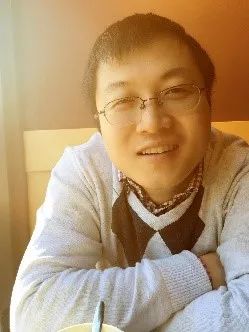Lecturer: Lailai Zhu. National University of Singapore. Assistant Professor
Theme: Collective behavior of isotropic phoretic disks: from crystalline solids to active turbulence
Time: Jun.7th 9:00—11:00
Place: Chuanhai Building1501Meeting Room
Bio

Lailai Zhu earned his Ph.D. degree from KTH, Royal Institute of Technology (Sweden) in 2014. He then worked as a postdoc at EPFL (Switzerland) till 2016. Subsequently, he joined the group of Prof. Howard A. Stone at Princeton University as a postdoc. In 2020 Jan, he joined National University of Singapore as an assistant professor. He mainly uses simulations and theory to address viscous flow problems involving biophysics, bio-inspired design, and micro-systems. Currently, he is interested in exploring active and intelligent fluid systems.
Abstract
Chemically phoretic microswimmers have recently demonstrated a great potential for self-organizing into active materials. However, the fascinating self-organization of these swimmers remains mysterious owing to an insufficient understanding of their collective dynamics. Here, we conduct large-scale simulations to study a paradigmatic suspension of phoretic swimmers represented by isotropic phoretic disks, explicitly resolving their many-body, long-range hydrochemical interactions. We discover their diverse collective phenomena: formation of crystalline solids resembling Wigner crystals, melting, gas-like chain formation, active transition and turbulence. Notably, changing the activity solely leads to both the solid-fluid phase transition and the fluid's laminar-turbulent transition. We reproduce several experimental observations that have not been collectively captured by a single model, highlighting the importance of incorporating full physicochemical hydrodynamics. We develop a predictive theory delineating the solid-liquid transition and further characterize it as a defect-mediated two-step melting scenario via a hexatic phase. For the fluid phase, we identify its oscillatory instability with waves, transition due to wave-breaking clusters of swimmers, and active turbulence manifesting vortices. These progressive scenarios evidence a closer phenomenological resemblance between active and classical fluids in their laminar-turbulent transition then previously demonstrated. Our findings elucidate the collective dynamics of phoretic agents, potentially facilitating the design of active material systems by exploiting non-equilibrium phoretic collectives.